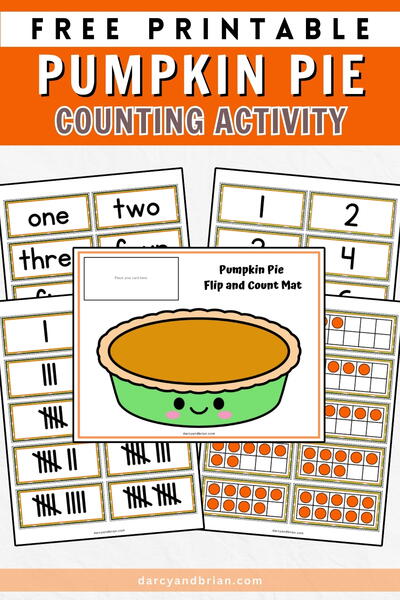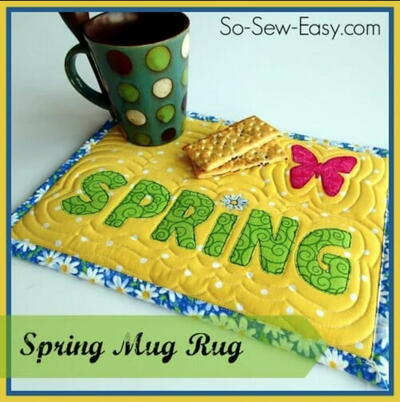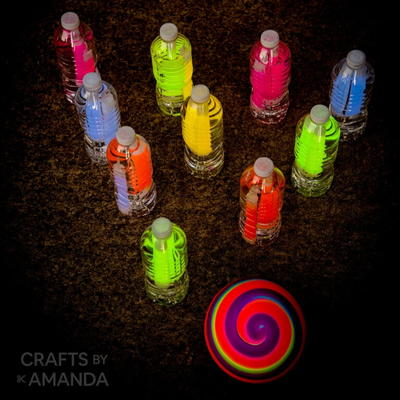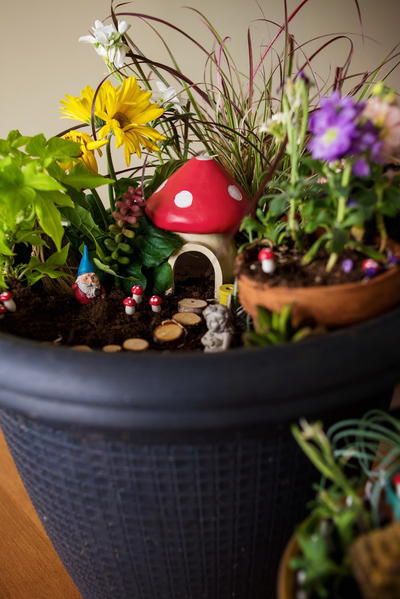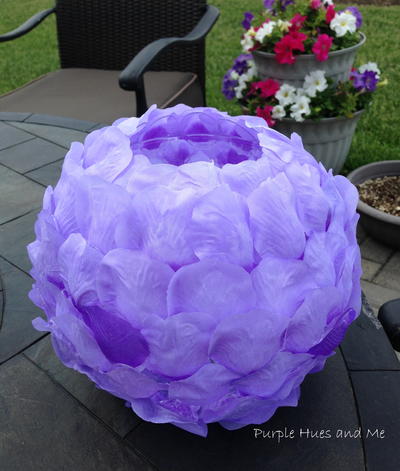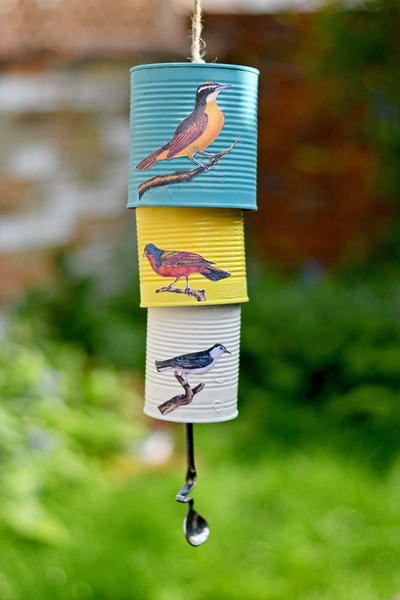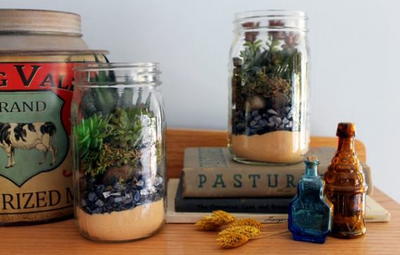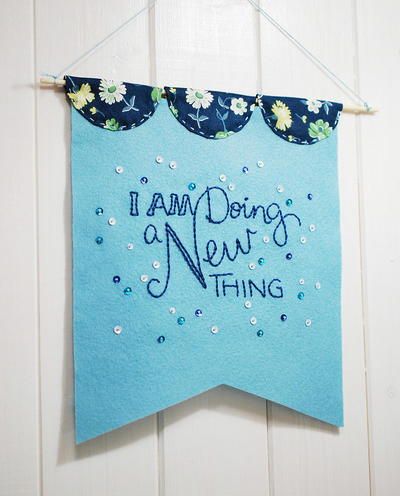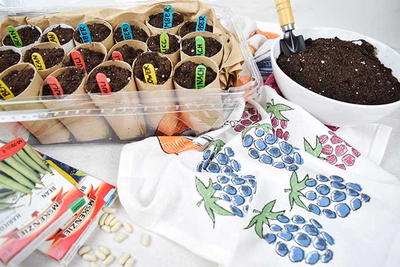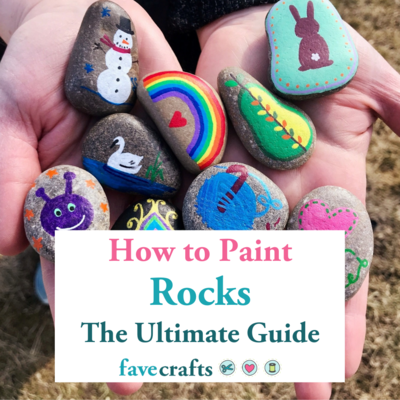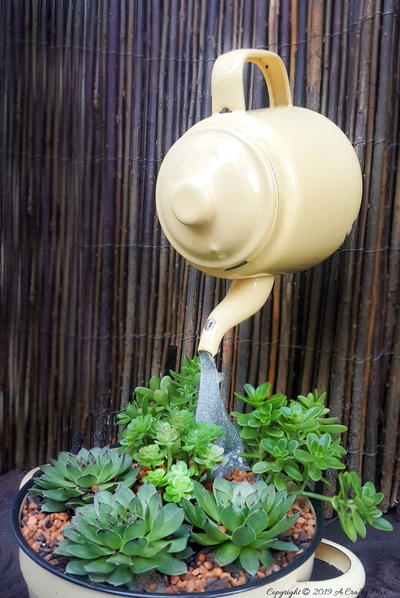How and Why to Save Seeds

The tradition of seed saving goes back thousands of years. Rich genetic diversity and the ability to harness nature’s power to create seeds that are ideal for the area you garden in is the main reason why people save seeds.
Seeds saved from plants you grow in your garden are more disease and pest resistant. The plants adapt to your environment so when they produce seeds the plants grown from those seeds perform better in your garden than any seeds you can buy.
Learning how to save seeds is easy enough. The key is collecting seed that is ripe, then thoroughly drying it. The final step is properly storing it so the seed remains viable for years to come.
The First Step Is Pollination
Plants set seed naturally. This is nature’s way of preventing a plant from becoming extinct and keeping things in balance. While some plants are pollinated by the wind, most plants need bees or other pollinators to do the work.
Bees are the number one pollinator. Butterflies are the second most important pollinator. This is why providing habitat for them is so important!
Most gardeners allow pollinators to do the work because they want to save their favorite seeds from year to year.
For those wanting to create their own plants, hand pollination is an option. This requires careful selection of both parent plants and plenty of note taking.
Types of Seeds
When it comes to seed types there are open-pollinated seeds, heirloom seeds, hybrid seeds and genetically modified organisms (GMOs).
Open-pollinated seeds are the offspring of two plants of the same variety that have crossed by natural pollinators. Think of the wildflowers you see on the sides of the road or those plants in your garden that set seed all on their own.
Heirloom seeds are open-pollinated as well. The difference is heirloom seeds are over 50 years old. Heirloom seeds are part of the public domain so no ones owns them. You can save seeds from these plants without worrying about legal retaliation.
Hybrid seeds come from plants that humans intentionally crossbred with a specific purpose in mind such as cold hardiness, earlier harvest or pest resistance. These seeds are usually available commercially.
Saving seeds from hybrid plants is not recommended because the resulting seed might be sterile and if there is a resulting plant it will not resemble the parent plant.
GMOs are seeds that are altered by man in a laboratory using specialized equipment. They use both heirloom and hybrid seeds. Often non-plant matter is injected into these seeds to give the plants specific traits such as being able to withstand herbicides being sprayed around the plants without it affecting the crop. GMO seeds are patented. This means it is illegal to save seeds from them.
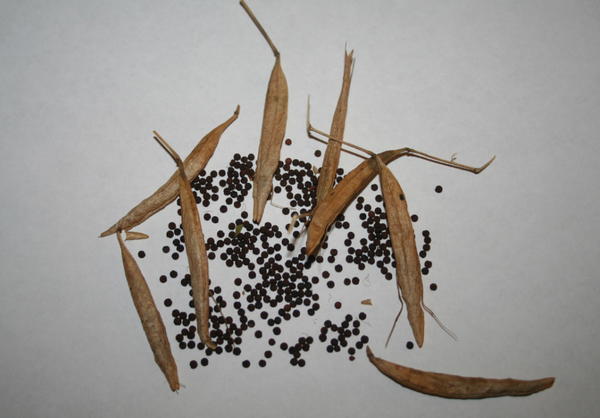
Seed Saving Basics
It is important to choose healthy plants that have the qualities you desire such as exceptional taste, a pretty flower or a fragrance you like. Avoid collecting seeds from plants that have defects or are prone to pest or disease issues.
Then you must learn a little bit about the plant you wish to save seed from. Not all plants set seed in one growing season so you might have to wait until the following year to collect seed. It is important to note that some seeds such as peonies take several years to germinate. This is why researching the plants you want to save seed from is so important.
The last step is to determine if you are dry collecting or wet collecting seeds. This depends on the type of plant you are collecting seeds from. Dry collecting is used for seeds that grow outside the plant. Wet collecting is used for seeds that grow inside the plant such as tomato seeds.
Dry Collecting Seeds
This is the easiest method of saving seeds.
Simply allow the seeds to dry on the plant then collect the seeds and allow them to dry more indoors.
Some plants produce seedpods and others such as sunflowers simply produce seeds that are not encased in a seedpod.
Seedpods are the ovary of the plant. They look like small green bumps when they first start out. As they develop the seedpod continues to swell. When you notice the seedpod forming this lets you know the plant was pollinated and seeds are forming inside the pod.
It is tempting to collect the seedpod at this point but restraint is necessary. Harvesting a seedpod too early results in immature seeds that won’t germinate. It is important to leave the seedpod on the plant until it turns brown and begins to split open.
For those who are afraid of the seeds falling to the ground once the seedpod matures, there is a simple solution. Gently cover the seedpod with the foot section of pantyhose. Tie this off around the plants stem making sure you do not pinch the stem. This creates a “tent” that captures any seeds that fall out of the seedpod. It is best to cut the stem off the plant once it turns brown and turn the step upward towards the sky so when you undo the tie no seeds are lost.
It is also best to collect seeds on a dry day if at all possible. Wet seeds are prone to rotting. Watch the weather, watch your plants and soon you will know the ideal time to collect the seeds from your garden.

Wet Collecting Seeds
This method is used for seeds that mature inside the fruit or vegetable such as tomatoes, passionfruit or cucumber.
The first step is to allow the fruit or vegetable to mature on the plant. Avoid allowing it to over ripen or the seeds will begin to germinate inside the fruit or vegetable.
Once the fruit or vegetable is ripe, harvest it then cut it open and scoop the seeds out. Place the seeds inside a glass container. Fill the container with water and look at the seeds.
Some seeds such as apples or citrus simply need rinsed off. Other seeds such as tomatoes or cucumbers form a gel-like coating around the seeds. These seeds require fermentation to remove the flesh from the seeds so they are clean and ready to dry.
How to Ferment Seeds
There are two methods of fermenting – with water and with salt.
To ferment with water add with just enough room temperature water to completely cover the plant material. Set the container aside in a dark place and do not disturb it for three to five days.
Scum will form on the top of the water along with some plant material and a few seeds. Scoop this out and throw it away. The seeds that sink to the bottom of the container are the ones that are viable and those are the ones you want.
The second way to ferment seeds is with salt. Simply sprinkle salt on top of the plant material. Set the container aside in a dark place for three to five days. Do not disturb it during this time. At the end of the three to five days scrap off any mold that forms along with any plant material that has mold on it.
Regardless of which method you use, the final steps are the same.
Rinse the seeds in room temperature water to eliminate any mold or remaining plant debris. Once you are sure they are clean give them a final rinse with hydrogen peroxide. There is no need to rinse this off the seeds.
Then lay the clean seeds out on dry paper towels so the excess moisture is absorbed. The final step is to move them to a screen covered rack to complete the drying process.

Storing Seeds
Once you are sure the seeds are completely dry the last step is proper storage. Most seeds have an average life span of five years with the exception of herb seeds which typically don’t last longer than one hear. This life span varies greatly depending on the specific type of seed and the storage method.
Be sure to label your seeds so you know what they are.
It is best to store seeds in a cool, dark, dry place where direct sunlight cannot reach them. The ideal temperature is between 32 and 41 degrees Fahrenheit. The humidity needs to be 50% or less.
Store seeds in small paper or plastic bags that have had as much excess air as possible pressed out of them. Then place this inside a larger container such as a mason jar. Darker colored jars such as the blue or purple ones are best.
Place a silica gel packet or a tablespoon of rice inside the bottom of each storage container to prevent moisture buildup. Remove and replace this every six months.
Some people store seeds in their refrigerator or freezer. This works fpr some seeds, but not all seeds. For example storing highly tropical seeds in the freezer is not recommended. Other seeds such as magnolia and various woodland plant seeds needs sold, moist storage to keep them viable. This is why knowing your plant and its germination requirements is so important.
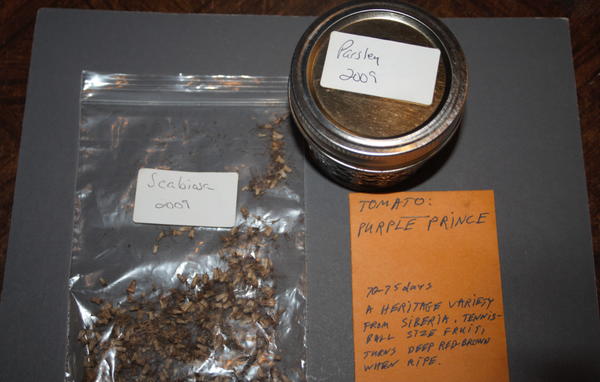
Final Thoughts on How to Store Seeds and Why
Learning to save seeds can be overwhelming for the new gardener but it doesn’t have to be. Begin by saving seeds that you can dry collect such as columbine or poppies. The seedpods from these plants dry on the plant and are easy to collect.
Once you are comfortable with dry collecting seeds, try some wet collecting. Remember mold or scum are normal with this method.
Lastly be sure you know the types of seeds you are collecting. Open pollinated and heirloom are recommended. Remember it is not legal to collect seeds from GMOs.
What are your tips on how to save and plant seeds?
Read NextDiy Mini Greenhouse
contest718 7464146
Nov 19, 2017
These are great tips. When I move into a home I plan on starting a seed bank from my garden.
stephieherbal 9559 979
Nov 17, 2017
I just keep them in a cigar box in their packets, but I'm guessing this is the wrong thing to do.
rucouponing 710063 2
Nov 15, 2017
Love this seed saving advise. Fermented my first tomato seeds. I'll let you know how it went. I am starting a group for cancer patieants to help them eat healthier and am going to give out food and plants and seeds to encourage and inspire them. Having the disease myself I have discovered gardening not only gets me good exercise, but also I seem to have fewer side effects by eating what we do. God Bless.
Knittingdancer on Ravelry
Nov 13, 2017
When I was little we would dry the seeds in the hot sun and put them in the freezer until the next spring when we would plant them.
theeema 3047969
Nov 13, 2017
I put my seeds in small (clear) labeled jars. After planting them, I take a picture of the plant with the name of what it is - next to it... Because I know I will forget what is planted where!!
okiemare 2216846
Nov 10, 2017
I have multiple kinds of plants that open to spread their seeds everywhere. So I make little bags from old fabric and tie around them to collect their seeds.
ridiculosity 67303 43
Nov 06, 2017
Once your seeds are in the garden, don't ignore the resulting plants. If they don't get water regularly, you've wasted your effort saving and planting them.
24Tangent 0072080
Nov 06, 2017
Label the seed packets right away with type of seed and the year and anything else you need to know.
Report Inappropriate Comment
Are you sure you would like to report this comment? It will be flagged for our moderators to take action.
Thank you for taking the time to improve the content on our site.




